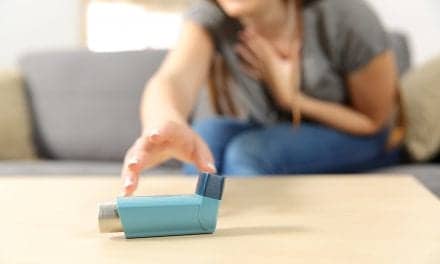In preschool-age children, a positive modified Asthma Predictive Index (mAPI) greatly increased future asthma probability and is a preferred predictive test to the m2API, according to findings by a team of researchers at the University of Wisconsin, Madison, who concluded that “its more favorable positive post-test probability, the mAPI can aid clinical decision making in assessing future asthma risk for preschool-age children.”
When applying the mAPI at years 1, 2, and 3, researchers discovered its predictive power increased over time, ad it was most accurate in year 3. Investigators calculated that when a child at high risk for asthma has a positive mAPI at age 3 years, the post-test probability of asthma at 6, 8, and 11 years is 90%, 96%, and 89%, respectively, compared with a pretest probability of 30%.
When the team relaxed the criteria of the mAPI to only two or more wheezing episodes in a year, the predictive power of positive test results decreased with post-test probabilities of 87%, 85%, and 82% at years 6, 8, and 11, respectively.
Researchers did note that a negative result had poor predictive power irrespective of which version of the mAPI was used, being associated with a 23–29% posttest probability of asthma diagnosis during follow-up compared with a 30% pretest probability.
“Although asthma prediction during early life remains challenging, the mAPI’s high predictive ability of school-age asthma after a positive test can have clinical value for identifying children at risk of asthma persisting into school age and beyond,” according to the authors.







